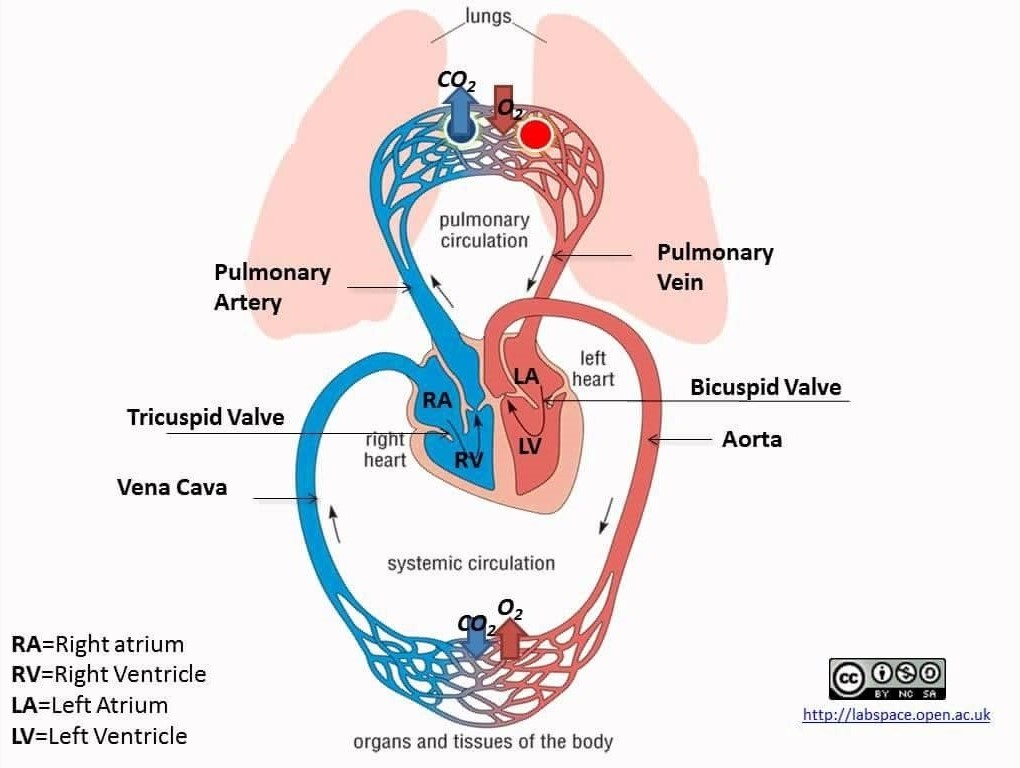Table of Contents
Homeostasis is the continual process in the body which balances the different body systems to create a favorable internal environment. There are three systems in the body, namely, the circulatory (blood), lymphatic, and immune systems. These three systems work separately to maintain the optimum environment for the body. Vaccines for children have been a major source of controversy over time. Vaccines are meant to provide the necessary immunities against certain diseases. However, as many ask; is it really necessary to have your child vaccine?
Summary
The three circulatory, lymphatic and immune systems are very important to one’s body. The circulatory or blood system is responsible for transporting oxygen, carbon dioxide, cells are other chemical substances such as nutrients and salts. The blood system also protects the body from infections and from loss of blood by act of clotting (Storad, 2005). The system also regulates the fluid and electrolyte balance, body temperature and the acid-base balance.
The lymphatic system is responsible for defending the body against diseases, cleaning the cellular environment and facilitating the absorption of fats and vitamins into the blood stream. The lymphatic system through its components, such as lymph, lymph nodes and lymph vessels is used to defend the body against diseases and infections, and also to transfer lymph between the blood streams and tissues (Gold, 2004). Lastly, the immune system is responsible for protecting the body against diseases through the immune response. The immune system comprises of complex levels of protection for the body including the blood and lymph cells.
Systemic and Pulmonary Circulation
The pulmonary circulation of blood moves blood between the heart and the lungs. Deoxygenated blood is taken from the heart to the lungs to absorb oxygen and release carbon dioxide. The systemic circulation moves oxygenated blood from the heart to the other parts of the body (figure 1).


Figure 1. The circulation systems. The diagram shows the difference between the two circulation systems.
The Main Arteries that Supply Blood to the Head, Trunk, and Upper and Lower Limbs
There are three main arteries supplying blood to the head. These arteries are the left subclavian, left common carotid. and innominate artery. The arteries also supply blood to the neck, arms and shoulders (Storad, 2005). The lower limb is supplied with blood by the external iliac a.
The two main veins in the body are the venae cavae. These two veins enter the right atrium from above and below. The superior vena cavae varies blood from the head and the arms into the heart, while the inferior vena cavae caries blood from the legs and abdomen into the heart (Gold, 2004). The posterior tibial v. and anterior tibial v. allows the blood to flow to the lower leg and joins to create the popliteal v.
The lymph is moved through the lymph vessels making its way to the subclavian vein at the base of the neck. There are differences between the T and B lymphocytes the major one being that the B cells attack bacteria and virus before they can even invade the cells. On the other hand, the T cells attack virus and bacteria after they have already invaded a cell. The spleen is part of the lymphatic system and is located on the left side of the body just above the kidney (Klosterman, 2009). Its function is to detect potentially harmful virus or bacteria in the blood. Tonsils are located on the left and right sides of the throat and their role is to protect the body against respiratory and gastrointestinal infections.
Vaccination Recommendations
There has been a lot of controversy regarding whether or not vaccines are necessary. The primary benefit of vaccination is protecting oneself from acquiring diseases. Any medicine can cause side effects but vaccine side effects are very rare. Vaccinations such as polio vaccines have proven to be important and highly effective (Sears, 2011). Therefore, I would recommend that any parent have their children vaccine to reduce the risks of contacting any diseases.
It is necessary that every parent acquits him/herself with the knowledge on how the body systems work, and the importance of vaccines so that they can do what is best for their children. Lack of vaccination could be fatal, for example, in the case of polio. Therefore, it is necessary for parents to get the right information on vaccines.
- Gold, J. C. (2004).The Circulatory and Lymphatic Systems. New York: Enslow Publishers.
- Klosterman, L. (2009). Immune System. Singapore: Marshall Cavendish.
- Sears, R.W. (2011). The Vaccine Book: Making the Right Decision for Your Child. Boston: Little, Brown and Company.
- Storad, C. J. (2005). The Circulatory System. Minnesota: Lerner Publishing Group.

